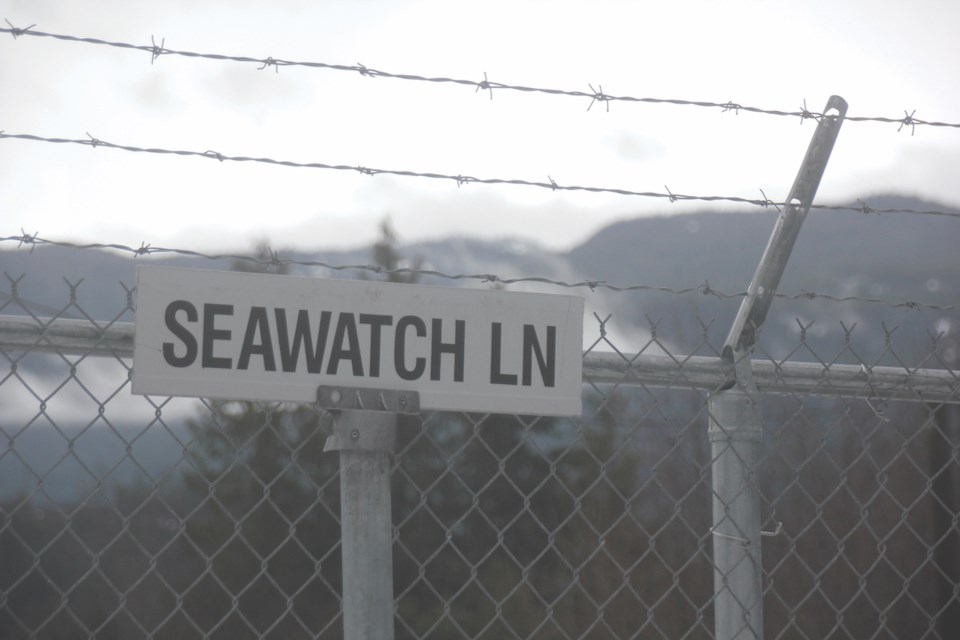The District of Sechelt is disputing facts alleged in the latest BC Supreme Civil Court action filed against it and the province by owners of seven Seawatch properties.
The owners filed a notice of civil claim April 6 with the BC Supreme Court. They are seeking damages and costs from Sechelt and the province, over a lack of access to their ill-fated properties located in a municipally closed subdivision.
Sechelt filed its response on May 5. It “opposes the granting of the relief sought against it” as the legal wrangling over the subdivision that was evacuated due to dangers from sinkholes in 2019 continues.
Sechelt’s communications manager Lindsay Vickers told Coast Reporter via email that the municipality requested and was granted an extension to May 6 to file its response to the property owners notice of civil claim. (Responses normally must be filed within 28 days of being served with notice of a claim.)
Vickers also relayed the statement that “the District will decline to discuss ongoing litigation.”
Sechelt's response
In the defendant’s version of facts in the response the District claims that the Feb. 15, 2022 Council motion, which in part “limited vehicular access to the roads in the development” was lawfully adopted. That motion was challenged in the owners’ notice of claim.
Sechelt also claims that the property owners have failed or refused to carry out their obligations arising from the covenant attached to the titles of their properties. It points to language that requires owners “to repair, remove, restore, replace, or stabilize those areas of the development which have been damaged, adversely affected or rendered hazardous by the construction of any structures in the development, or by any subsidence, settlement of buildings or roads, or loss of slope stability upon the lots or within the development as a whole.”
In response to the owners’ claims about the security fencing trespassing on their properties, the municipality acknowledged portions of that structure are on privately owned lands. It explained that the fencing was installed to protect public safety. Sechelt goes on to state that if a private land owner wishes to have the fence removed from their lands, they must make that request in writing to the District. The defence document states “the fixed fencing does not substantially or unreasonably interfere with the use or enjoyment by the plaintiffs of their properties.”
Sechelt’s response document also mentions the April 25 discovery of a new sinkhole and evidence of other geotechnical changes along Gale Avenue North within the subdivision. It states the District is “unaware whether the geotechnical changes are indicative of broader or more generalized ongoing subsurface activity in the development and, furthermore, whether the degree of hazard and life-safety risks in the development is worsening.”
The Victoria based law firm of Stewart McDannold Stuart filed the District’s response.


.jpg;w=120;h=80;mode=crop)

